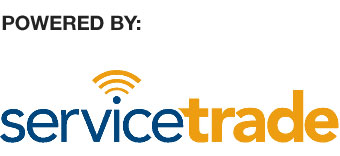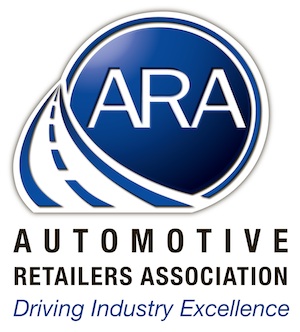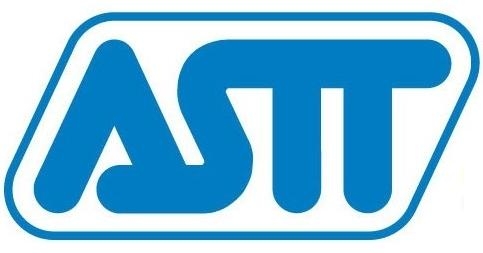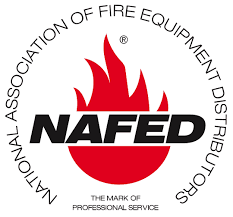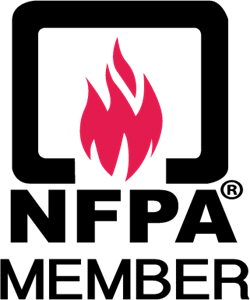Equipment Your Crew Needs to Stay Safe on a Drilling Rig
November 17, 2015
Working on a Drilling Rig
Those who work in this industry are fulfilling a huge need. The work they do is, without a doubt, valuable but it is not for the faint of heart. People put their lives at risk every day for our great reward. The good news is there are a number of things workers can do to ensure their own safety.
Although modern advances in technology have greatly minimized the risks involved with drilling and harvesting oil and gas, the dangers of faulty equipment do still exist. However, most work-related accidents are due to individual mishaps – with injuries entirely avoidable – using the right safety gear.
If you manage a crew of workers on a drilling rig, always take extra precautions and remember it is better to be safe than sorry. Even if the odds are on your side, always prepare yourself and your team with the appropriate safety gear and education for potential worst-case scenarios.
Dangers Associated with Working on a Drilling Rig
Work-related accidents in the oil and gas industry are high, but they are not all applicable to each person. Individual jobs will have individual dangers. Appropriate safety equipment will be directly dependent on the risks involved with the demands of each job. Here are some of the general safety hazards associated with this industry.
Struck-By, Caught-In, and Caught-Between Hazards
The hazard of being struck-by, caught-in, or caught-between is in association to jobs demanding the use of motorized vehicles, equipment, or heavy machinery. If your team works on a crane, derrick, or hoist, they are at a higher risk of being subject to these worksite hazards.
Require that your crew wear hardhats to avoid being struck by falling objects. Require that they use safety eyewear to avoid being struck by flying debris and to enable them to see better where they are going.
Make sure that all of your crew members clearly understand what areas they need to avoid at what times. If possible, post signs on the premises. Inform your crew of the schedule or timing of events so they know when to avoid being in high-risk areas at times when they need to be cleared.
Finally, require that your crew members wear reflective gear and vests so they can be seen by others.
Explosion and Fire Hazards
Working with oil and gas means working with explosive chemicals. This draws a major risk of fires and explosions. It also has a hidden risk of inhaling deadly fumes.
To ensure the safety of your crew, require that they are wearing protective equipment for the eyes, face, head, and extremities at all times while working with these substances. You also should require that they wear fire-retardant clothing, respiratory devices, and use shields or barriers when necessary.
Always keep first aid kits on-hand, as well as fire extinguishers. Conduct regular inspections of your equipment and alert systems to prevent any problems from occurring in the first place.
Seasonal Work Attire
One major hazard that is often overlooked is weather conditions. Working in the oil and gas industry means you do the majority (if not all) of your work outdoors. Have your crew follow the guidelines for wearing appropriate seasonal work attire.
The weight, thickness, and type of steel-toed boots, coveralls, hardhats, socks, and gloves all change from summer to winter. It is not safe for a worker to wear heavy, hot coveralls in the heat of summer, just as it is unsafe for them to wear lightweight gloves while operating equipment during the winter.
During the summer, make sure they are wearing lightweight cotton blends under their coveralls to avoid heat exhaustion – no polyester. Ask that they wear sunscreen and supply plenty of water to keep them cool and hydrated. During the winter, require they use rubber gloves with liners, rain pants, and a lined hardhat.
Additional Precautions
Those who work in this industry should maintain good physical fitness. Evaluate the people you hire, as well as those who currently work for you. If they are unable to meet the physical demands of the job, it would be negligent to let them work for you and with others.
It is always better to err on the side of caution. Perform routine safety drills with your crew, review guidelines and maintain awareness of safety at your worksite. It is important to continually remind your workers of practicing safety.
Workers who become accustomed to the routine day-to-day activities can begin to lose sight of basic precautions and let things slip. Strictly enforce the rules and regulations because the consequences are life-threatening.
For more information, be sure to read our safety blog or contact our helpful staff at Nutech Safety in Kamloops or Kelowna should you have any further questions.
